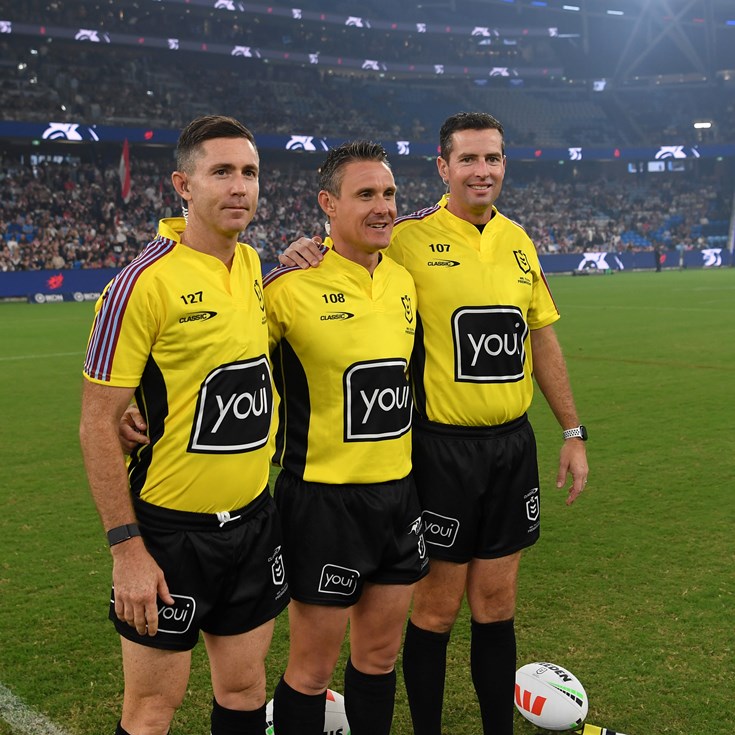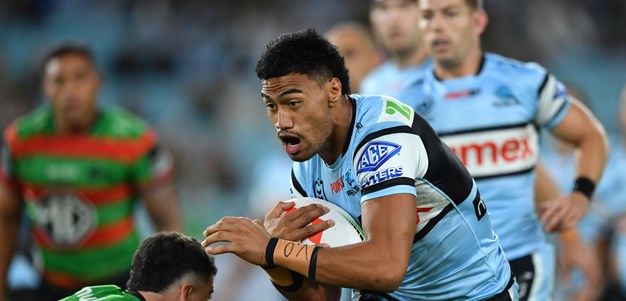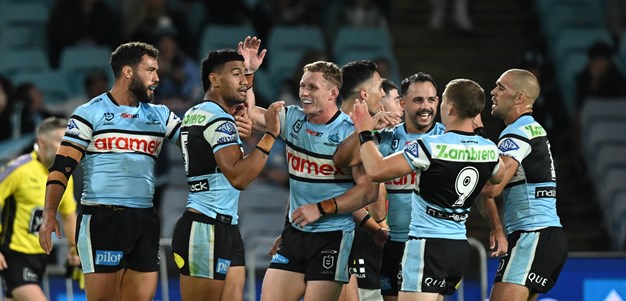NRL head of football Graham Annesley is unconcerned about the game becoming too attack-centric and believes entertainment value has sky-rocketed.
This year's finals series is on track to shatter point- and try-scoring records - with 9.5 tries averaged per match - but Annesley noted margins have decreased significantly compared to the 2019 playoffs.
After six finals matches in 2020, the average gap between teams has been 11.5 points whereas it was 18 last year. After the 20-round regular season this year, the average margin was 15.4
"I'd be more worried about it if the margins were increasing as the points increased. Now, it is something that is constantly moving so we have to keep monitoring it," Annesley said on Monday
"What we're seeing at the moment is the number of points being scored increasing, but we're seeing both teams score more points."
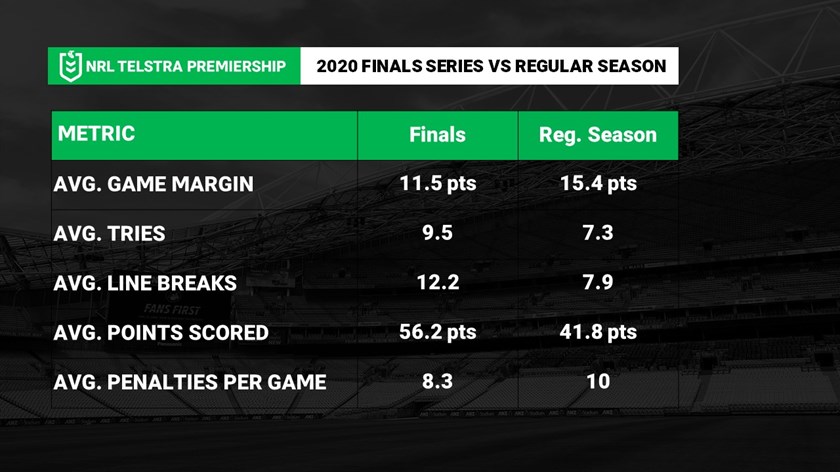
No team has scored fewer than 18 points in the 2020 finals, with increased fatigue from the six-again infringement rule perhaps the biggest factor in the free-flowing contests.
If the try rate continues, a new record will be set for the highest-scoring finals series in the NRL era (from 1998 onwards), eclipsing the current mark of 8.3 tries per match in 2001.
As it stands 56.2 points are being averaged per 2020 finals fixture, obliterating last year's output of 35.6. Another record would be set if that continues, besting the 49.2 points per playoff in 2001.
And 12.2 line breaks are being averaged per 2020 finals game - the most on record dating back to 2002.
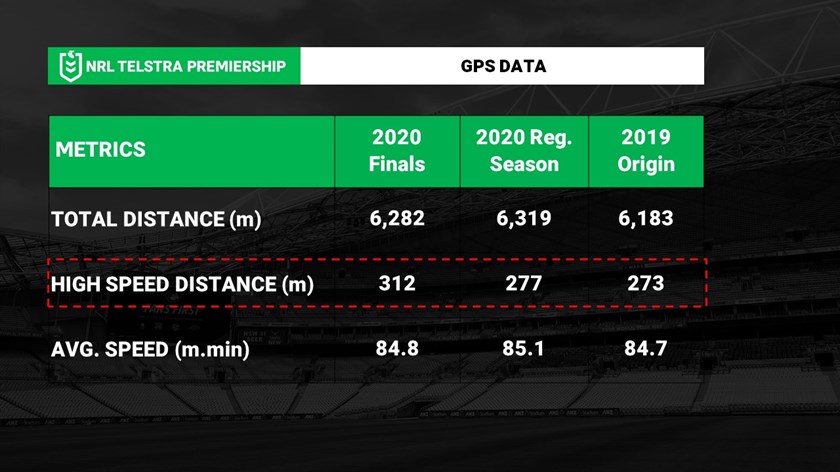
It's been a big step up from this year's regular season where 7.3 tries, 41.8 points and 7.9 line breaks were averaged per match.
All the while penalties (8.3 in per 2020 finals match, 10 in regular season) have decreased and offloads are trending upwards.
GPS data accounting for total distance covered, high-speed distance and metres per minute metrics shows the 2020 finals has, so far, bettered results from the 2019 State of Origin series.
Annesley is delighted with it all and paid tribute to the players' performance.
"Fans are getting more action, they're seeing more tries. You've only got to look at the reaction of the crowd when tries are scored. That's what people come to see," he said at his weekly media briefing.
"Yes, they love big hits and they love solid defence - and no one's trying to downplay the importance of defence in matches - but we're seeing those margins stay together as the number of points that are scored increases.
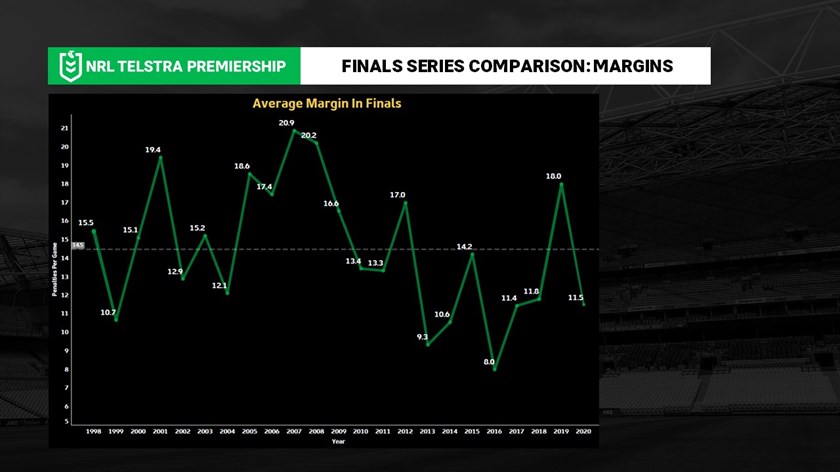
"I'm not worried about it [becoming too attack-focused]; in fact, I'm happy about it, because the objective that we started off with was to try and increase the entertainment value of the game, to try and make the game as engaging as possible, as open and free-flowing as possible, so that the players determine the outcome of games.
"It's why we don't see a myriad of penalties for scrum infringements anymore, it's why we've gone with six-again infringements instead of ruck penalties.
"All of these things are not just things that are thought of on the spur of the moment. They all have an intent behind them to deliver better outcomes for the people who both play our matches and the people that pay to come and watch our matches."
